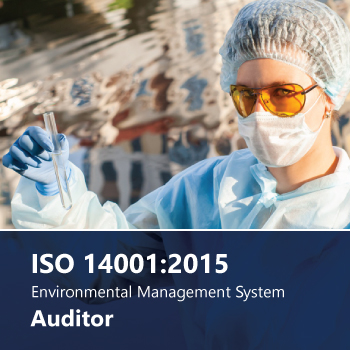Scope 1, 2 and 3 greenhouse gas (GHG) emissions: definitions and examples

As the world intensifies its efforts to combat climate change, understanding greenhouse gas (GHG) emissions and their classifications has become essential for businesses, governments, and individuals.
Greenhouse gas emissions are generally divided into direct and indirect emissions. Direct emissions are generated by sources under the control of the organization, while indirect emissions are a consequence of the activities of the organization, but they occur at sources which are not owned or controlled by the organization.
The GHG Protocol, the gold standard for GHG emission accounting and reporting, categorizes emissions into scopes. According to this classification GHG emissions are divided into scope 1, scope 2, and scope 3 emissions. Each scope represents a different aspect of an organization’s emissions footprint.
Scope 1 emissions
Scope 1 emissions are direct GHG emissions from sources that are owned or controlled by the organization. These emissions occur from company-owned and controlled resources.
Examples
- Combustion of fuels. Emissions from burning fossil fuels in company-owned vehicles, machinery, and boilers.
- On-site manufacturing. Emissions from chemical reactions during production processes, such as cement manufacturing or steel production.
- Refrigeration and air conditioning. Emissions from leakage of refrigerants in company-owned refrigeration and air conditioning units.
Example in practice: A manufacturing company that operates its own fleet of delivery trucks will account for the emissions from the fuel combusted in those trucks under scope 1. Similarly, if the company uses natural gas for heating its facilities, those emissions are also categorized as Scope 1.
Scope 2 emissions
Scope 2 emissions are indirect GHG emissions from the generation of purchased electricity, steam, heating, and cooling consumed by the organization. These emissions occur at the facility where the energy is produced, not where it is used.
Examples
- Purchased electricity. Emissions from the production of electricity that an organization buys and uses to power its operations.
- Purchased steam or heating. Emissions from the production of steam or heating bought by the organization.
Example in practice: A retail chain that buys electricity to power its stores will report the emissions from the electricity generation under Scope 2. If the stores purchase distinct heating, the emissions from producing that heat would also fall under Scope 2.
Scope 3 emissions
Scope 3 emissions include all other indirect GHG emissions that occur in the value chain of the reporting company, including both upstream and downstream emissions. These emissions are a consequence of the organization’s activities but occur from sources not owned or directly controlled by the organization.
Examples
Upstream activities: Emissions from the production and transportation of purchased goods and services, business travel, employee commuting or waste disposal.
Downstream activities: Emissions from the use of sold products, transportation and distribution of sold goods or product end-of-life treatment.
Example in practice: A smartphone manufacturer will consider the emissions from mining raw materials, manufacturing components by suppliers, transporting components to assembly plants, and the electricity used by consumers when charging their phones under Scope 3. Even the emissions from the disposal or recycling of the phones at the end of their life cycle are included.
Why understanding the different types of GHG emissions matter?
It’s important for an organization to understand the GHG emissions it generates for several reasons among which are the following:
Addressing its environmental impacts. Only by correctly accounting GHG emissions across all scopes a company can mitigate effectively its environmental impacts.
Compliance. Increasingly stringent regulations require detailed reporting and reduction of GHG emissions, often encompassing all three scopes.
Stakeholder trust. Transparency in emissions reporting enhances trust and reputation among consumers, investors and other stakeholders.
Risk management. Identifying emissions sources helps organizations manage the risks associated with energy use, resource availability and regulatory changes.
Strategic opportunities. Understanding emissions can reveal opportunities for efficiency improvements, cost savings and innovation in products and processes.
Conclusion
The classification of GHG emissions into scope 1, 2 and 3 provides a structure framework for organizations to identify and manage their emissions comprehensively. By addressing direct emissions, indirect emissions from energy consumption, and other indirect emissions within the value chain, organizations can take meaningful steps towards sustainability. As climate action becomes increasingly urgent, robust GHG emissions management across all scopes will be vital in driving the transition to a low-carbon future.
For more details about carbon neutrality and GHG emissions management you can check out this short but comprehensive online course. All our online courses are available here.
If you want to prove your knowledge of environmental management and gain the recognition you deserve we have available certification exams.



